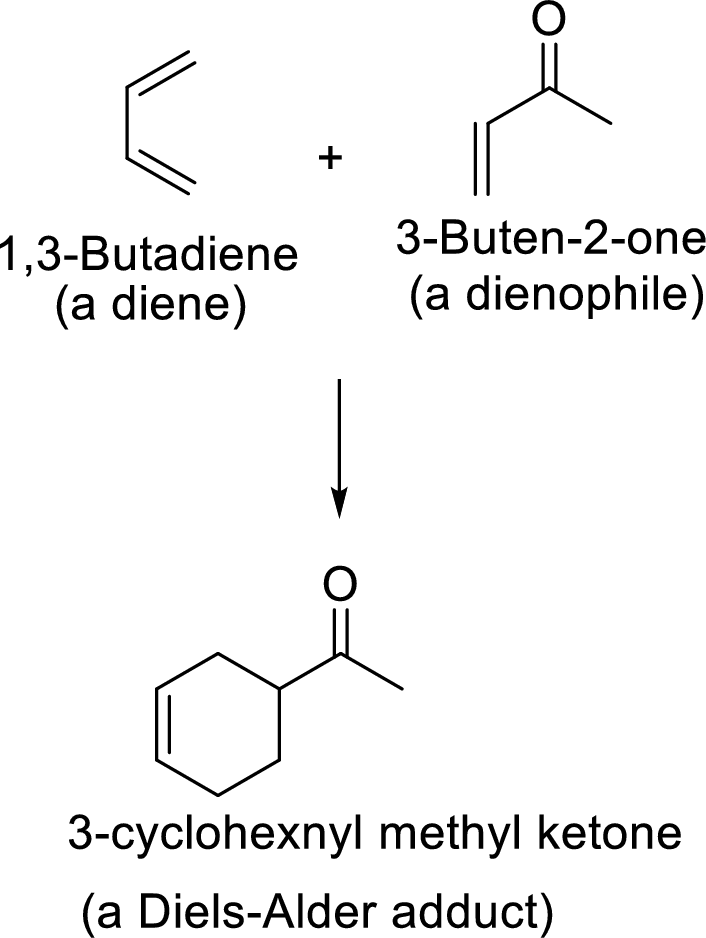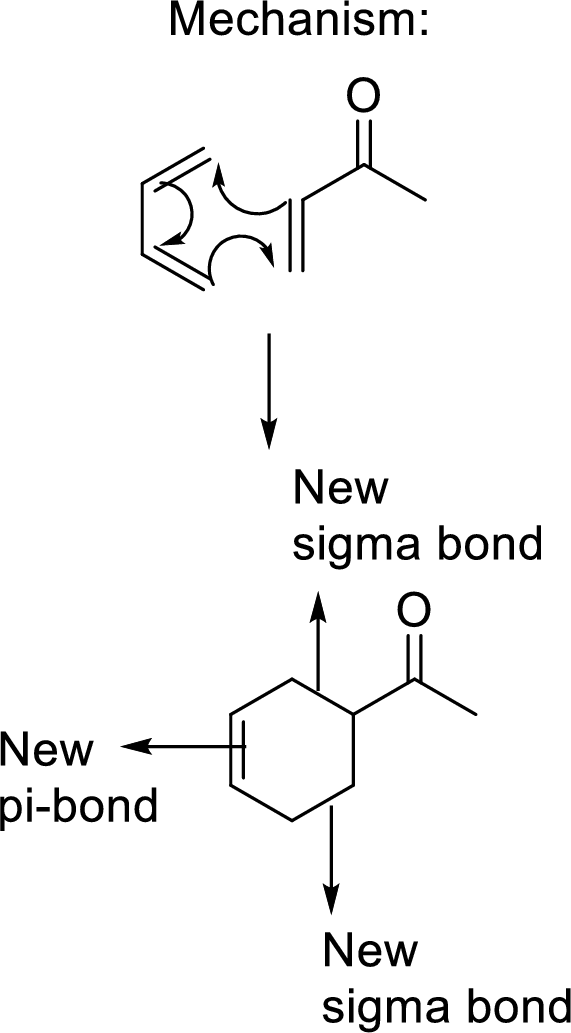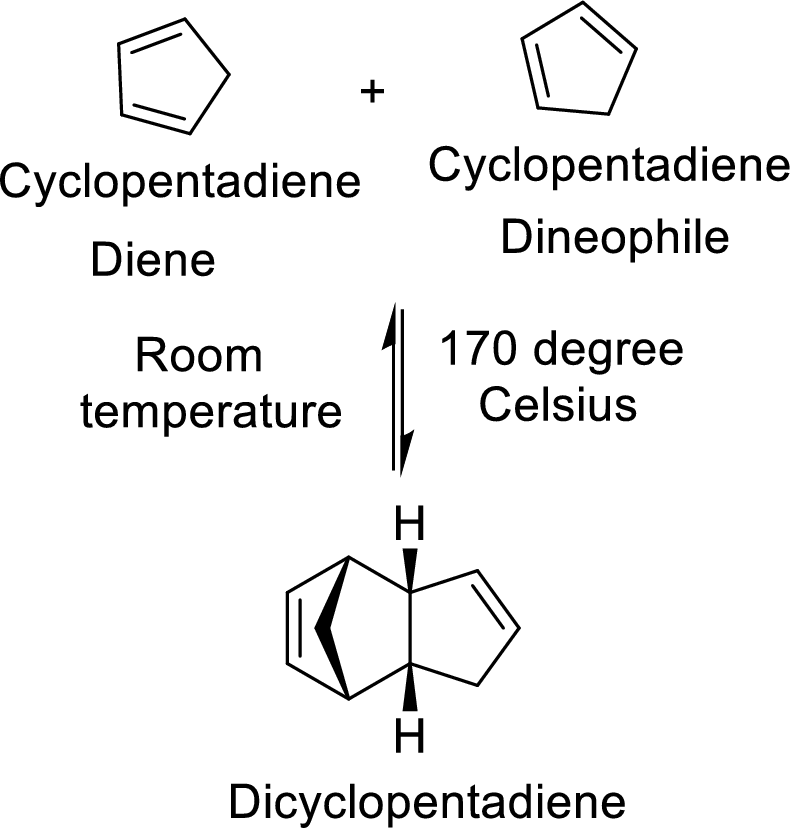
Interpretation: In the given intramolecular Diels-Alder reaction, the structural formula of the product has to be predicted.
Concept Introduction:
Diels-Alder reaction:
It is the reaction of conjugated dienes with double or triple bonded compounds which are known as “dienophiles”. The reaction is a
Example:


This mechanism shown that three
Diels-Alder reaction to form bicyclic system:
The Diels-Alder adduct formed in the Diels-Alder reaction can also be a bicyclic system which will be obtained when cylopentadiene is used as the diene as shown here:

In this reaction, the cylopentadiene acts as both diene and dienophile and formed a bicyclic system. When it is heated to
Intramolecular reaction:
In the word “Intramolecular”- “Intra”- means “within” or “in”. So an intramolecular reaction means the reaction is taking place within one molecule itself without the involvement of any other molecules.
Trending nowThis is a popular solution!

Chapter 20 Solutions
Organic Chemistry, Loose-leaf Version
 Organic ChemistryChemistryISBN:9781305580350Author:William H. Brown, Brent L. Iverson, Eric Anslyn, Christopher S. FootePublisher:Cengage Learning
Organic ChemistryChemistryISBN:9781305580350Author:William H. Brown, Brent L. Iverson, Eric Anslyn, Christopher S. FootePublisher:Cengage Learning

